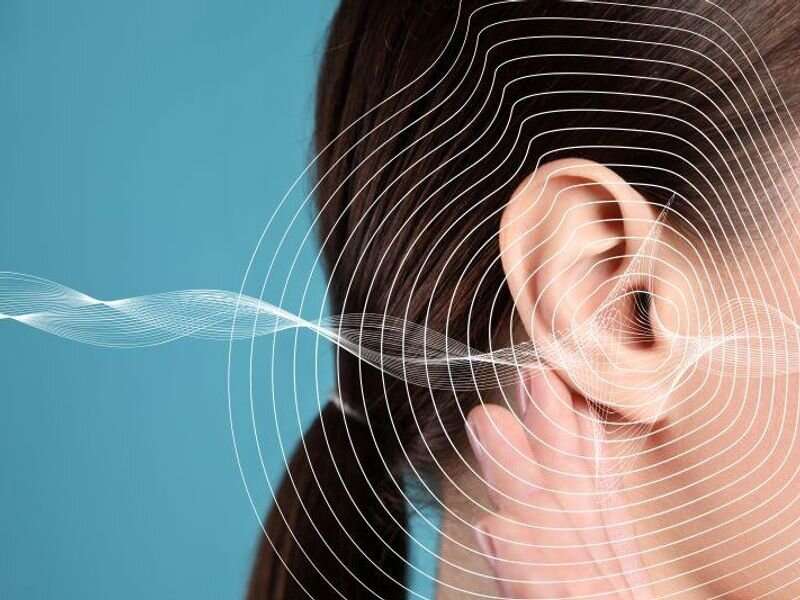This article has been reviewed according to Science X's editorial process and policies. Editors have highlighted the following attributes while ensuring the content's credibility:
fact-checked
reputable news agency
proofread
Endolymphatic hydrops grade M2 found to correlate most strongly with hearing loss

M2 grading of intracochlear endolymphatic hydrops shows the strongest correlation with hearing loss with Ménière disease, according to a study published online May 17 in Acta Oto-Laryngologica.
Zhihao Han, from the Capital Medical University in Beijing, and colleagues compared the grading consistency and correlation between different grade methods of intracochlear endolymphatic hydrops and hearing loss. The analysis included 31 patients diagnosed with Ménière disease who underwent gadolinium-enhanced magnetic resonance imaging.
The researchers found that the weighted kappa coefficients for interobserver and intraobserver agreements for grading cochlea endolymphatic hydrops using M1 were good, while they were excellent for M2, M3, and M4. Based on M2 cochlear endolymphatic hydrops degree, there was correlation with the low-to-mid frequencies, high frequencies, full frequencies, and Ménière disease clinical stage. For degrees based on M1, M3, and M4, correlations were only relevant for some of the four factors.
"In this study, we summarized the four currently prevailing methods to assess cochlear endolymphatic hydrops. Furthermore, we compared the interobserver and intraobserver agreements of the different methods," the authors write. "The results showed that M2 performed better than the other three methods. Therefore, we recommend the use of M2 for evaluating cochlear endolymphatic hydrops."
More information: Zhihao Han et al, Correlation between grading methods of the cochlear endolymphatic hydrops and hearing loss in meniere's disease using three-dimensional real inversion recovery sequences, Acta Oto-Laryngologica (2023). DOI: 10.1080/00016489.2023.2209134
2023 HealthDay. All rights reserved.



















